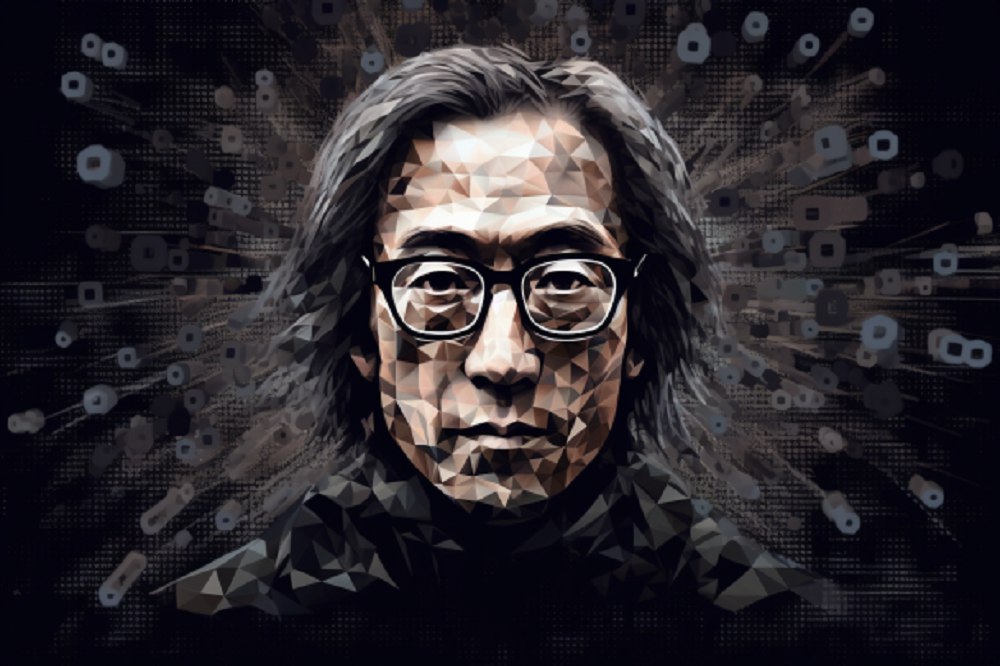Satoshi Nakamoto is a mysterious person credited with creating the first Bitcoin software and introducing the world to the new idea of cryptocurrency through a seminal paper in 2008. Nakamoto was involved in creating Bitcoin and the blockchain until around 2010. After that, no one has heard from him again.
Even though the idea of cryptocurrency was familiar, Nakamoto made a big step forward by solving a significant problem stopping it from becoming widely used: the fact that digital currency was easy to copy, which wasn’t a problem with real cash. “Double-spending” was a big problem, but Nakamoto solved it ingeniously by implementing the blockchain verification system.
How Much Do We Know About Satoshi Nakamoto?
The mysterious person known as Satoshi Nakamoto was deeply involved in the early stages of Bitcoin. They worked on the software’s first version as early as 2007. Electronic mail was used to share information between Nakamoto and the people who needed to know it. Because there needed to be more personal and relevant information, it was impossible to figure out who the natural person was behind the name.
Unfortunately, Nakamoto’s work on the Bitcoin project ended in 2010. The last thing we know about Nakamoto is that they emailed a fellow cryptographic programmer saying they had “shifted their focus to other pursuits.” Since there is no way to verify Nakamoto’s name, there has been a lot of speculation about who he is.
People Who Could Have Been Nakamoto
In March 2014, Leah McGrath Goodman wrote an article for Newsweek claiming that Dorian Nakamoto, a professor, and engineer from California, was the person who came up with the idea for Bitcoin. McGrath’s research says that Newsweek’s study has found a 64-year-old Japanese-American person who goes by the name Satoshi Nakamoto. This person is the natural person who created Bitcoin, according to McGrath. When this claim was examined more closely, it was found to be false.
Hal Finney is a well-known figure in the Bitcoin community, and he has always liked the digital currency, both before and after it was created. He is the first to get a Bitcoin transaction and is called the first receiver. Interestingly, Finney was close to Dorian Nakamoto, whose name is said to have inspired a fake name that Finney made up.
Nick Szabo, a pioneering cypherpunk, was close with many people in that group. In 2005, the person in question wrote a blog post about an idea for a decentralized digital currency called “Bitgold” that would work independently and not depend on middlemen.
Craig Wright is a well-known person who has been put forward as a good candidate for the real Satoshi Nakamoto. Dr. Wright is a respected academic and entrepreneur from Australia. He has frequently said that he is the real author of Satoshi Nakamoto, and he has even gone to court over who owns the name. In the last month of 2021, a group of judges threw out a civil case against Wright that had been filed by the estate of David Kleiman, who had worked with Wright before he died. According to the Kleiman estate, Wright and Kleiman were both involved in creating Bitcoin, so they are entitled to 50% of Wright’s claimed reserve of 1.1 million BTC.
The fact that $100 million was passed on to Clayman’s estate shows that the judge and jury were convinced that Wright and Clayman worked on the business together. In 2021, a court in the U.K. told Bitcoin.org that the Bitcoin offering should be removed. Wright said that this happened because the website broke the copyright of the report. The above verdict suggests that the court recognizes Wright’s right to some of the intellectual property of the text, but only to a certain extent.
IT things you might need to learn about Satoshi Nakamoto
Given the multiplicity of explanations/ narratives to replace alot of talk, we have put together a list of interesting facts about the mysterious person known as Satoshi Nakamoto.
Expert in encryption
Satoshi Nakamoto’s skills with encryption are well-known, as he has successfully encrypted a unique 31,000 lines. Satoshi’s encryption methods are so good that Bitcoin is still a secure cryptocurrency with no significant security breaches. Many experts have tried to break the code, but they are yet to succeed.
Knowledge of English
The fact that there are no grammar mistakes in the Bitcoin codes or the Bitcoin papers shows that the people who wrote them have excellent English command. People in the community think Satoshi Nakamoto, who says he is from Japan, maybe from Britain. This is because he prefers to use email to talk to his team in English rather than Japanese.
Satoshi Could Be More Than One Person
Satoshi Nakamoto could be a group of people working together. Analysts think that more than one person made Bitcoin since the encryption was so good, and the mysterious Satoshi used the words “we” and “I” in the same sentence.
How Much Money Does Satoshi Nakamoto Have
Sergio Demián Lerner, the well-known head scientist of RSK Labs, analyzed that Satoshi has about 1 million Bitcoin in his wallets, which rules out the other BTC billionaires. The number in question is based on how many BTC were successfully mined from the first block, including the prize, which added up to a total of 50 BTC.
Conclusion
The crypto community is interested in the mysterious person or group behind the name Nakamoto because of Nakamoto’s critical role in the development of Bitcoin. The ideas of this person or group have led to disruptive innovations that have fundamentally changed the way we live. Even though Bitcoin’s future is still unclear, Nakamoto’s blockchain technology and the improvements that have come from it are likely to last for a long time.


